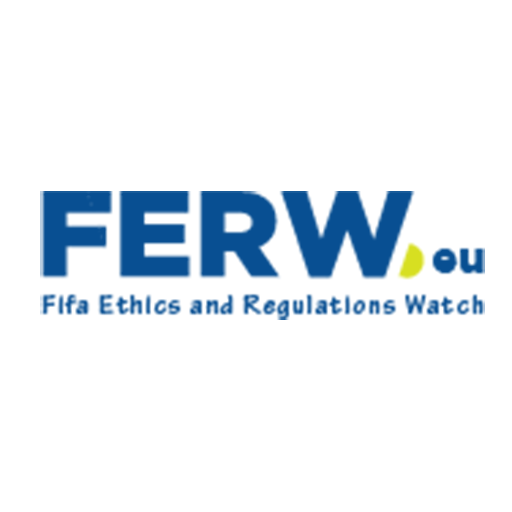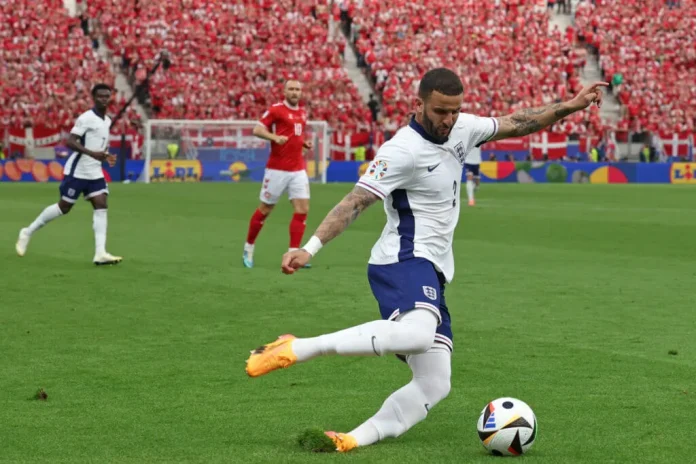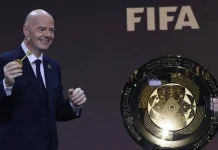Germany has hosted a couple of sports tournaments in the past sports lovers have always been disappointed with the German stadiums. However, as the landscape of global football evolves, the circumstances of German stadiums are coming under scrutiny, raising relevant questions about their readiness to host prestigious events such as the UEFA European Football Championship.
In 2006, significant unrest erupted between German fans and law enforcement following a World Cup match in Dortmund, resulting in more than 300 arrests. This article examines important issues related to German stadium infrastructure, regulatory compliance, sustainability practices, and financial concerns that would affect its potential to host this kind of major event.
Aging Infrastructure and Security Concerns:
Germany’s stadiums, some already several years old, face major challenges arising from a growing old infrastructure that threatens safety and operational performance. Many stadiums require massive renovations to meet current safety standards set by corporations such as UEFA.
The problems, along with deteriorating concrete, old roof systems, and inadequate emergency exits, pose a safety hazard to spectators during bouts and large-scale activities. UEFA mandates strict security and operational requirements for websites hosting international tournaments.
90 percent of these facilities are aging and face insufficient funding for adequate maintenance and upgrades, resulting in substandard indoor environments. Ensuring stadiums comply with these regulations requires comprehensive improvements to structural balance, crowd control systems, and accessibility for disabled fans.
Sustainability and Environmental Impact:
At a time when more and more people are focusing on environmental responsibilities, sustainability practices in stadium management have become a key consideration for wearable opportunities around the world. The average carbon footprint per fan was estimated at 7.8 kg CO2-e, amounting to a total of 190.4 tons CO2-e for all spectators attending home games.
Many German stadiums rely on vintage lighting, heating, air flow, and air-con (HVAC) structures, which contribute to excessive electricity consumption and operating expenses. Switching to electricity-green technology that includes LED lights and solar panels can lessen your carbon footprint and running charges.
Inefficient waste disposal practices, including immoderate quantities of single-use plastics and insufficient recycling initiatives, present environmental challenges in Germany. Implementing sturdy waste control strategies and selling sustainable practices among enthusiasts and companies are important steps in the direction of environmental stewardship.
Financial Viability and Operational Readiness:
Modernizing the aging infrastructure to meet UEFA standards requires extensive economic commitments from the stadium owners, the nearby government, and probably non-public traders. Securing funding within competing budget priorities presents challenges for stadium modernization tasks.
The deteriorating state of 20 percent of the sports facilities can have adverse effects on the indoor environment, including issues such as poor air quality, elevated pollutant levels, and conditions that are less than ideal for optimal athletic performance. These factors may discourage athletes and players from utilizing the facilities.
Managing logistical complexities, including ticketing systems, security protocols, hospitality offerings, and fan engagement tasks, requires careful planning and operational efficiency. Effective collaboration between stakeholders together with government entities, sports agencies, and neighborhood groups is lacking in Germany, However, it is essential for the successful execution of matches.
Generating sustainable sales streams through ticket revenue, corporate sponsorships, product sales, and hospitality programs is critical to offsetting operating fees and ensuring the long-term financial viability of stadium investments.
Enhancing the Fan Experience and Infrastructure Improvements:
Improved seating arrangements, increased walk-around areas, improved restroom facilities, and the integration of modern technology, including high-speed Internet access and digital signage, increase spectator comfort and engagement. The stadiums in Germany are lacking in providing all these amenities to the sports lovers.
Ensuring efficient transport links, adequate parking centers and practical public transport alternatives facilitate seamless entry and exit of fans at some point on healthy days, improving average accessibility and comfort. 90 percent of the sports facilities are aging and urgently require substantial maintenance and upgrades.
Enhancement of cultural messages, along with local delicacies, fan zones, and leisure activities, enriches the match environment and promotes tourism, which brings rewards to local economies and groups.
Public Perception and Legacy Considerations:
A successful hosting the important international tournaments is no longer the simplest example of a country’s art but also leaves a lasting legacy in its infrastructure and worldwide recognition.
The public plays a key role in achieving website hosting efforts. Negative perceptions of stadium conditions, environmental protection, or sustainability can affect traveler enjoyment and global media coverage.
The hosting of the UEFA European Championship provides an opportunity to improve and modernize the existing infrastructure of the stadiums, leaving a wonderful legacy for the events that carry the destiny and the nearby communities. Germany must focus on the sustainability, accessibility, and technological innovation that can beautify a stadium’s capacity and long-term cost.
A well-executed tournament can stimulate tourism, boost local economies through increased traveler spending, and generate income for groups across the hospitality, retail, and tourism sectors. However, the lack of a stadium situation can additionally limit these monetary blessings and impair the overall experience of the event.
Compliance with Regulations and International Standards:
UEFA imposes strict guidelines and operational requirements on host countries to ensure the protection, protection, and fairness of complaints about events. Germany fails to compliance with stadium standards, security protocols, and UEFA operational guidelines is non-negotiable for websites hosting global tournaments. Stadiums must go through rigorous inspections, certifications, and operational tests to meet these requirements.
The development of comprehensive hazard management plans, emergency response protocols, and contingency plans is critical to mitigating threats to capabilities for the duration of matches, ensuring public safety, and maintaining the integrity of the tournament. More than 30% of clubs consider the retention and recruitment of referees and officials a significant or very significant challenge.
Investment in modern technical infrastructure, including CCTV, communication systems, and ticketing technologies, complements operational efficiency and spectator experience while meeting UEFA’s strictest requirements.
Conclusion:
Germany has aging stadium situations that require careful consideration and proactive measures that adorn its readiness to host the UEFA European Football Championship. Addressing issues along with aging infrastructure, conservation compliance, sustainability practices, and financial viability through strategic investments, collaborative partnerships and compliance with international requirements is essential to reconfirming Germany’s viability in hosting world football events. By prioritizing stadium upgrades, sustainability initiatives, and enhancing fan enjoyment, Germany can improve its role as an excellent vacation spot for global soccer tournaments in the future.












